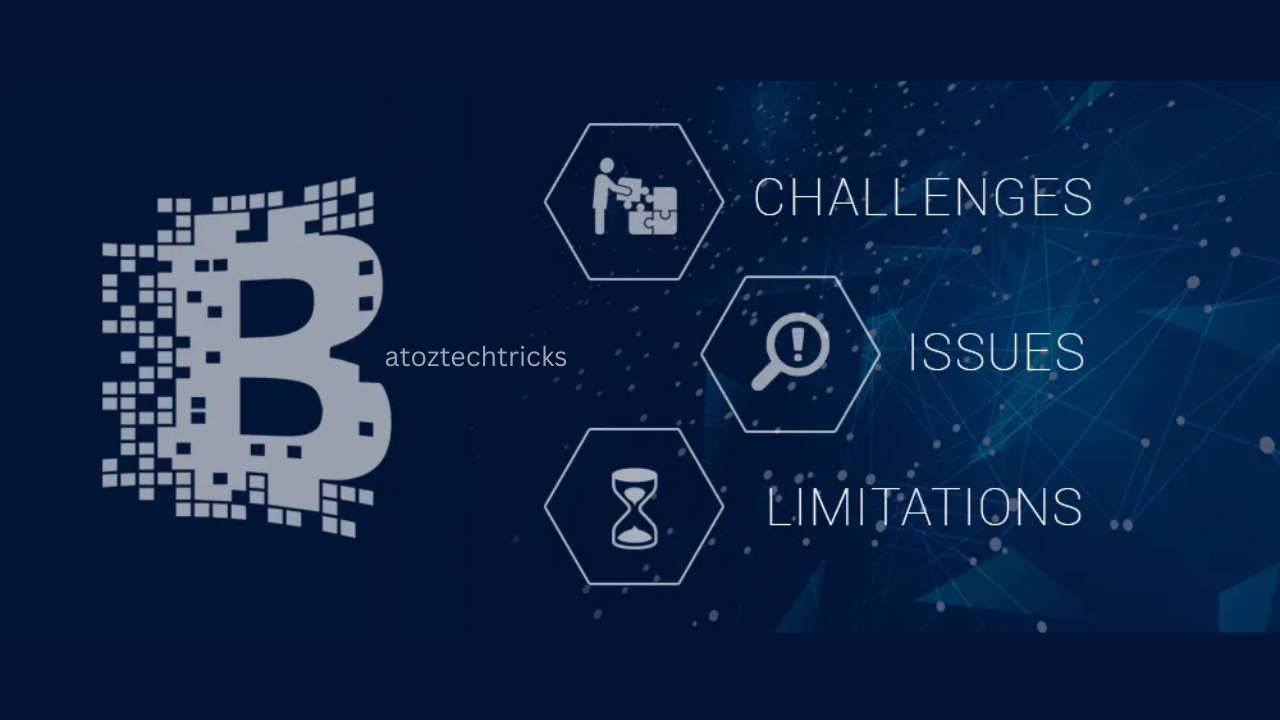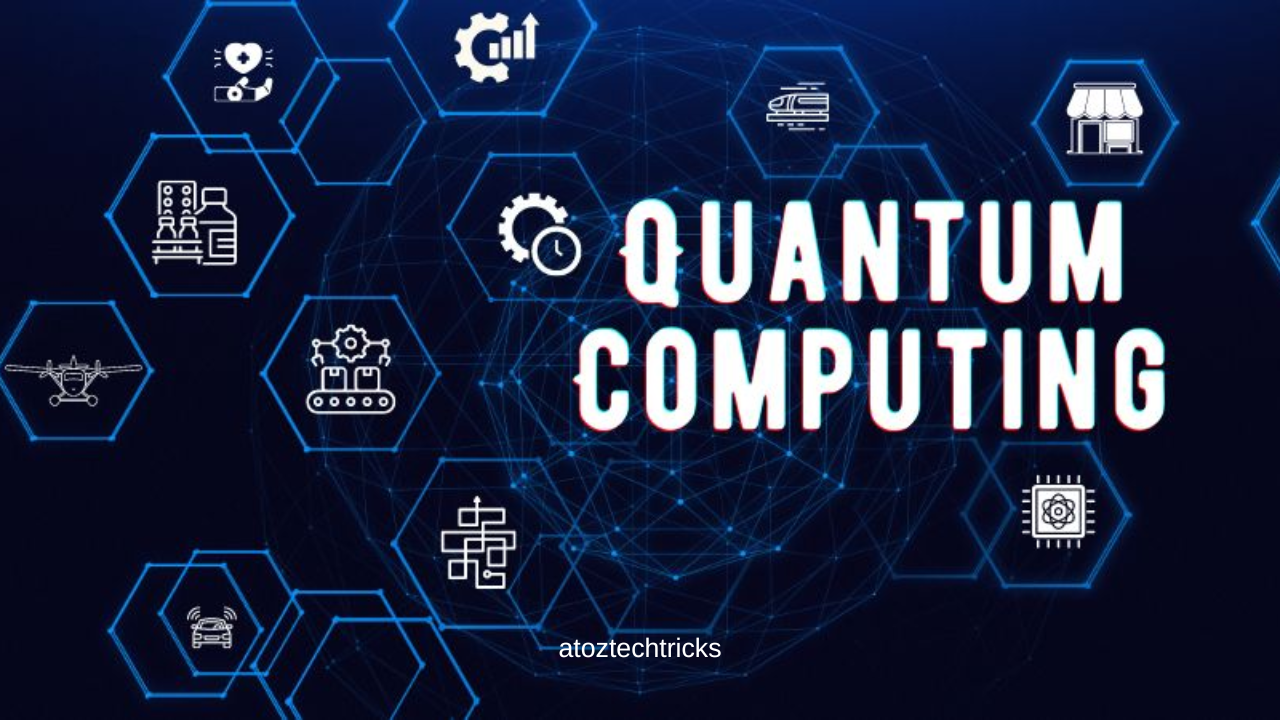Challenges and Limitations of Blockchain Technology
Blockchain technology, while revolutionary and transformative, is not without its challenges and limitations. These issues can affect the scalability, security, adoption, and overall efficacy of blockchain systems. As blockchain technology continues to evolve, addressing these challenges is crucial for realizing its full potential. This comprehensive exploration delves into the primary challenges and limitations of blockchain technology, discussing their implications and potential solutions.
1. Scalability Issues
1.1 Network Congestion
Scalability is one of the most significant challenges facing blockchain technology. Network congestion occurs when the number of transactions exceeds the network’s capacity to process them efficiently. For example, Bitcoin and Ethereum networks have faced congestion issues due to their popularity and increasing transaction volumes. When the network is congested, transaction fees rise, and processing times lengthen, which can be detrimental to user experience.
1.2 Block Size Limitations
Many blockchain systems, including Bitcoin, have block size limitations that constrain the number of transactions that can be processed per block. Bitcoin, for instance, has a block size limit of 1 MB, which limits the number of transactions that can be included in each block. As transaction volume grows, this limitation can lead to slower processing times and higher fees.
Blockchain Technology: Revolutionizing Data Security and Decentralization
1.3 Solutions and Innovations
To address scalability issues, several solutions and innovations are being explored:
- Layer 2 Solutions: Technologies like the Lightning Network (for Bitcoin) and state channels (for Ethereum) operate on top of the main blockchain layer. They allow transactions to be processed off-chain, reducing the load on the main network and increasing transaction throughput.
- Sharding: Sharding is a technique that divides the blockchain into smaller, manageable pieces (shards), each processing its transactions and smart contracts. This approach can improve scalability by distributing the processing load across multiple shards.
- Consensus Mechanism Innovations: New consensus mechanisms, such as Proof of Stake (PoS) and Delegated Proof of Stake (DPoS), offer more scalable alternatives to the traditional Proof of Work (PoW) system. These mechanisms require less computational power and can handle a higher volume of transactions.

2. Energy Consumption
2.1 High Energy Costs
One of the most significant criticisms of blockchain technology is its high energy consumption, particularly in networks using Proof of Work (PoW) consensus mechanisms. Bitcoin mining, for example, requires substantial computational power and energy to solve complex mathematical problems and validate transactions. This energy-intensive process has led to concerns about the environmental impact of blockchain technology.
2.2 Environmental Impact
The environmental impact of blockchain technology is a growing concern, especially in the context of climate change. The energy consumption associated with PoW can contribute to increased carbon emissions and strain on natural resources. This has prompted calls for more sustainable alternatives and practices within the blockchain space.
2.3 Solutions and Innovations
Several approaches are being explored to mitigate the environmental impact of blockchain technology:
- Transition to Proof of Stake (PoS): PoS and its variants are more energy-efficient compared to PoW. PoS relies on validators who are chosen based on their stake in the network rather than solving computational puzzles. Ethereum, for example, is transitioning from PoW to PoS with its Ethereum 2.0 upgrade.
- Green Energy Initiatives: Some blockchain projects are exploring the use of renewable energy sources for mining operations. This can help reduce the carbon footprint associated with blockchain technology.
- Energy-Efficient Algorithms: Innovations in consensus algorithms and cryptographic techniques aim to reduce energy consumption while maintaining security and efficiency.
3. Security Concerns
3.1 51% Attacks
A 51% attack occurs when a single entity or group gains control of more than 50% of a blockchain network’s computational power. This control allows the attacker to manipulate the blockchain, double-spend coins, or block transactions. While such attacks are theoretically possible, they are challenging to execute and require significant resources.
3.2 Smart Contract Vulnerabilities
Smart contracts, self-executing contracts with the terms written into code, are susceptible to bugs and vulnerabilities. Errors in smart contract code can lead to security breaches, financial losses, or unintended consequences. High-profile incidents, such as the DAO hack on the Ethereum network, have highlighted the risks associated with smart contract vulnerabilities.
3.3 Solutions and Innovations
To address security concerns, several strategies are being employed:
- Network Security Enhancements: Implementing robust network security measures, such as multi-signature wallets and advanced encryption techniques, can help protect against 51% of attacks and other security threats.
- Smart Contract Audits: Regular audits and code reviews by security experts can identify and address vulnerabilities in smart contracts before they are deployed. Automated testing tools and formal verification methods are also used to improve smart contract security.
- Decentralized Governance: Implementing decentralized governance models can reduce the risk of centralization and ensure that decision-making power is distributed across the network, mitigating the impact of potential attacks.
4. Regulatory and Legal Challenges
4.1 Regulatory Uncertainty
The regulatory landscape for blockchain technology is still evolving, with governments and regulatory bodies grappling with how to address issues related to cryptocurrencies, smart contracts, and decentralized applications. The lack of clear regulations can create uncertainty for businesses and investors, hindering the adoption of blockchain technology.
4.2 Compliance and Legal Risks
Blockchain technology presents unique legal challenges, including compliance with data protection regulations (such as GDPR), anti-money laundering (AML) and know-your-customer (KYC) requirements, and intellectual property issues. Ensuring compliance with these regulations while maintaining the principles of decentralization can be complex and challenging.
4.3 Solutions and Innovations
Efforts to address regulatory and legal challenges include:
- Engagement with Regulators: Blockchain projects and industry groups are working to engage with regulators and policymakers to shape clear and supportive regulatory frameworks. Collaboration with regulatory bodies can help ensure that blockchain technology is regulated in a way that promotes innovation while addressing legal concerns.
- Compliance Tools and Frameworks: Developing compliance tools and frameworks tailored to blockchain technology can help businesses navigate regulatory requirements. These tools may include solutions for KYC/AML compliance, data protection, and intellectual property management.
- Legal Precedents and Case Law: As blockchain technology continues to evolve, legal precedents and case law will play a crucial role in shaping the regulatory landscape. Ongoing legal developments will guide how blockchain technology is treated under existing laws and regulations.
The Potential for Blockchain in Improving Supply Chain Management
5. Interoperability Issues
5.1 Fragmented Ecosystems
Blockchain technology is characterized by a diverse range of platforms, protocols, and standards. This fragmentation can create interoperability challenges, as different blockchains may not be able to communicate or exchange data seamlessly. This lack of interoperability can limit the potential for collaboration and integration across different blockchain networks.
5.2 Cross-Chain Solutions
Cross-chain solutions aim to address interoperability challenges by enabling communication and data exchange between different blockchain networks. These solutions include:
- Interoperability Protocols: Protocols such as Polkadot and Cosmos provide frameworks for connecting multiple blockchains and facilitating cross-chain interactions.
- Atomic Swaps: Atomic swaps are a technique that allows for direct exchange of assets between different blockchains without the need for intermediaries. This enables seamless transactions across different networks.
- Bridges and Gateways: Blockchain bridges and gateways facilitate the transfer of assets and data between different blockchains. These solutions can enhance interoperability and enable cross-chain functionality.
6. Usability and User Experience
6.1 Complexity and Accessibility
Blockchain technology is often perceived as complex and challenging to understand for non-technical users. The complexity of blockchain systems, including the management of private keys, wallets, and transactions, can create barriers to adoption and usability.
6.2 Solutions and Innovations
To improve usability and user experience, several approaches are being explored:
- User-Friendly Interfaces: Developing user-friendly interfaces and applications can make blockchain technology more accessible to a broader audience. Simplifying processes such as wallet management and transaction execution can enhance the user experience.
- Educational Resources: Providing educational resources and training materials can help users better understand blockchain technology and its applications. This includes tutorials, guides, and support resources tailored to different user levels.
- Integration with Existing Systems: Integrating blockchain technology with existing systems and platforms can reduce the learning curve for users and facilitate adoption. For example, blockchain-based applications can be designed to work seamlessly with traditional financial systems and services.
7. Data Privacy Concerns
7.1 Transparency vs. Privacy
Blockchain technology is known for its transparency, with transaction data being visible to all participants in the network. While this transparency enhances security and trust, it can also raise privacy concerns. Users may not want their transaction history or personal information to be publicly accessible.
7.2 Solutions and Innovations
To address data privacy concerns, several solutions are being developed:
- Privacy-Enhancing Technologies: Techniques such as zero-knowledge proofs, ring signatures, and confidential transactions can enhance privacy while maintaining the integrity of the blockchain. These technologies allow for the validation of transactions without revealing sensitive information.
- Permissioned Blockchains: Permissioned blockchains restrict access to the network and control who can view and participate in transactions. This can provide a higher level of privacy and security compared to public blockchains.
- Data Protection Regulations: Ensuring compliance with data protection regulations, such as GDPR, can help address privacy concerns. Implementing mechanisms for data anonymization and user consent can enhance privacy while adhering to legal requirements.
Applications of Blockchain Beyond Cryptocurrency: Transforming Industries and Driving Innovation
8. Adoption and Integration Challenges
8.1 Resistance to Change
The adoption of blockchain technology often requires significant changes to existing systems and processes. Organizations may face resistance to change from stakeholders who are accustomed to traditional methods or who are sceptical about the benefits of blockchain.
8.2 Solutions and Innovations
To address adoption and integration challenges, several strategies can be employed:
- Pilot Projects: Conducting pilot projects and proofs of concept can demonstrate the benefits of blockchain technology and build confidence among stakeholders. Successful pilot projects can pave the way for broader adoption.
- Partnerships and Collaborations: Collaborating with industry partners, technology providers, and regulatory bodies can facilitate the integration of blockchain technology into existing systems and processes. Partnerships can help address technical, regulatory, and operational challenges.
- Clear Use Cases: Developing clear and compelling use cases for blockchain technology can help organizations understand its benefits and applications. Demonstrating real-world examples of blockchain solutions can drive adoption and encourage integration.
Blockchain technology has the potential to revolutionize various industries by providing secure, transparent, and decentralized solutions. However, it also faces several challenges and limitations that must be addressed to unlock its full potential. Scalability issues, high energy consumption, security concerns, regulatory and legal challenges, interoperability issues, usability barriers, data privacy concerns, and adoption challenges are among the key obstacles that need to be overcome.

As blockchain technology continues to evolve, ongoing research, innovation, and collaboration will be crucial in addressing these challenges. By developing scalable solutions, improving energy efficiency, enhancing security measures, navigating regulatory frameworks, and promoting user-friendly applications, the blockchain community can work towards overcoming these limitations and realizing the transformative potential of blockchain technology. The future of blockchain holds promise, and with concerted efforts to address its challenges, it is poised to reshape industries and create new opportunities for innovation and growth.




Post Comment